Today’s plans, devised by Rie with particular input from 6-year-old Tsubasa, took us, mostly, to more rural areas southwest of Niigata City. As we’ve said before, there’s something lovely about having locals take you away from the tried and true. It all started with our being picked up at 10.30am …
Sake, or lmaya Tsukasa Sake Brewery
Until this trip to Japan, I’d paid little attention to sake, seeing it more as an aperitif or after-dinner drink, than as something to have with meals. However, this time, I’ve come to see it differently, resulting in a desire to understand it a little more.
And now we do – understand it a little more, I mean. We only partially completed the tour of the brewery as it was boring for the littlies. For this reason, and because driver Atsushi couldn’t drink, we opted out of doing the in-depth tasting. However, from the excellent English pamphlet and what we did glean from the tour, we learnt more and/or consolidated our sake knowledge, including:
- Sake breweries are usually identified by a sugitama, a globe of cedar leaves.
- Sake is classified by the amount of milling done on the rice grains: the greater the milling (to get to the central ball of starch) the less rice grain remains, and the lesser the amount of grain the higher the grade: 100-60% of the grain left = junmaishu; 60-50% left = junmai gino; and 50-1% left = the top tier, junmai daijinjo. We’ve noticed these names and/or percentages on bottles so now we understand them a little more.
- Sake lees, which are used in cooking by one of our favourite Canberra restaurants, are the solids that remain when the rice liquid is pressed out of the rice mash.
- There are around 1400 sake breweries in Japan, but only 20 still make sake in wooden tanks. Imayo Tsukasa is one of these.
- Sake (or rice wine) is brewed, more like beer, than fermented like wine.
The brewery of course sold sake and related products like sake ice-cream which Len bought, and I tasted. A delicate flavour. They also, for Y400, had a sort of lucky dip game. Of course, when in Rome … so Len and I both played, and both won 4th out of 5 prizes, a 180ml bottle of dry sake.
Sanjo, or Suwada Open Factory
Next stop was the town of Sanjo which is traditionally known for its iron crafts, particularly knives and scissors.
We went to the Suwada Open Factory which was established in 1926 and is known for kitchen tools, bonsai shears and personal care items. Surprisingly, work was going on in the factory on a Saturday, and the little self-guided tour takes you past some of this work (with glass separating the workers). It was fascinating seeing how much of the finishing off, at least, was done by hand. Impressive. (Indeed while Japan is known for its technological innovation, there’s still a lot of hand work – not to mention good old manual labour – done here.
Anyhow, as Rie said, Suwada is particularly famous for nail clippers, but at Y6000 plus, we decided not to buy! They did though have testing stations where you could try out the equipment on your nails, but it was too busy, so we passed on sharing our nail clippings around! This was a very modern stylish place, suiting, I suppose, the precision work done within.
Soba, or Seabura Ramen Sanjo
For lunch, Rie had planned to introduced us to Hegi Soba, a specialty of the region, but for some reason, which was not totally clear to us but presumably because it was late (nearly 2pm) and the kids were hungry, we ended up at a ramen place (famous for back oil ramen.) Now ramen is something l avoid, but, given the circumstances, and how hard Rie and Atsushi were working to make a good day for us and keep two little kids happy, I decided that the best I could do was go with the flow, and manage any consequences later. Given the moister climate and our generally healthy lifestyle here, I’ve not suffered any serious consequences so far. It’s all just part of my lifelong juggle (or struggle, depending on how I’m feeling on the day!)
As I understand it, this place is famous for Sanjo-style ramen, which involves niboshi shoyu soup, thick noodles, pork back fat, diced onions and iwa nori (rock seaweed). Ours also had a slice of pork and some bamboo shoots. Different, and delicious.
Shrine, or Yahiko jinja
Our final stop of the day, was the Yahiko jinja, a Shinto shrine in the village of Yahiko, Echigo province. Apparently, under the pre-World War II Modern system of ranked Shinto Shrines, this shrine was classified as “a national shrine of the middle rank”. Gotta love the Japanese for listing, ordering, ranking and numbering. It was in fact rather beautiful. Perhaps not as dramatic as some of those on the Kumano Kodo (remember back to the beginning of our trip!?) but it stands at the foot of Mount Yahiko in dense forest, and is lovely. It is visited by those seeking love and good fortune.
This shrine has prehistoric origins, having been referred to as “ancient”, in fact, in a poem in the Nara period’s Man’yōshū, ie around 759AD. A new building was created in the 8th century. Its kami is Ame-no-Kaguyama-no-Mikoto who is said to have arrived from the heavens to teach the inhabitants fishing, rice cultivation, salt production and the other basics of farming. The shrine’s subsequent history is uncertain and often contradictory, as most old records have been lost in fires and other disasters. The present shrine structures were rebuilt in 1916, as the earlier buildings were destroyed by a fire in 1912.
Anyhow, we really enjoyed wandering around this area. The natural environment is gorgeous, as were the gardens. They also had deer (shika) in a garden called Rokuen, and a number of the fanciest chooks I’ve ever seen (except on chicken calendars) in a little battery. My research revealed that they’re being bred in cooperation with amateur chicken breeders from the prefecture. The deer and chickens are apparently designated national treasures, but I felt sorry for the chooks who seemed to have very little space. (For more on the shrine, check this article.)
And, of course, as with Madoka last week, it’s great visiting a shrine with locals. We are starting to get the etiquette down pat. It’s one thing to follow the etiquette slavishly, as we’ve done in the past, but another for it starting to make sense so that we feel more “organic” when carrying out any rituals.
And then it was the long drive home. Atsushi really had done a sterling and gracious job all day, driving us around. We were fascinated though by the fact that when the GPS wasn’t running a little TV was, with, on the drive home, the current Rugby World Cup playing! This would never be allowed in Australia. Again, cultural differences – and one of the reasons travel is so worthwhile, really.
Dinner
We wanted a light dinner (comparatively speaking) tonight – with me, in particular, hungering for sashimi. In the floor below our hotel (which starts on 4F) is a restaurant that looked possible. As we hovered outside, the doors opened, and the evening’s maître-d’ encouraged us in with the promise of an English menu. Just what we needed after a tiring day, particularly given the menu appeared to have the variety we wanted. We ordered: a little plate of pork slices (just 4), a small plate of assorted tuna sashimi, and a large-ish bowl of salad with lettuce, tofu, lotus crisps, thinly sliced pumpkin and tomato, with a delicious sesame based dressing. (Len had the tomato, and me the tofu. Win all round.)
We ended up sharing two small desserts – one with 5 little mochi balls and ice-cream (Len had the ice-cream and two mochi balls) and the other a serving of lemon sherbet (or sorbet to us). The Japanese don’t do a lot of desserts, per se, but when they do they tend to come in nice, small servings!
For drinks, Len had beer, and I decided to lash out on a quality Niigata sake. Sake is commonly served in 180ml servings, but here is what Wikipedia says: “Another traditional cup is the masu, a box usually made of hinoki or sugi, which was originally used for measuring rice. The masu holds exactly 180ml , so the sake is served by filling the masu to the brim; this is done for chilled or room temperature sake. In some Japanese restaurants, as a show of generosity, the server may put a glass inside the masu or put the masu on a saucer and pour until sake overflows and fills both containers.” What I got was a glass inside a plastic masu sitting on a little bowl, and he poured until the glass and masu overflowed and the little bowl was full! The glass itself wouldn’t have been 180ml, but I suspect overall, my serve was somewhat over 180ml. Anyhow, this explained the serving at the izakaya – the one where the owner ran after us the following day. The server there brought the glass sitting in a little bowl, and he poured the glass until it overran into the bowl. (Other places I’ve just had sake served in a normal glass or in a small bottle with a glass for me to pour.)
Anyhow, a lovely meal, in a relaxing spot.
And some Stills …
And some Movies …
Click here to view today’s video clips
Today’s Challenges …
- Managing multigenerational sightseeing. What more can we say!
- Surviving eating a raw ginkgo nut (Len)

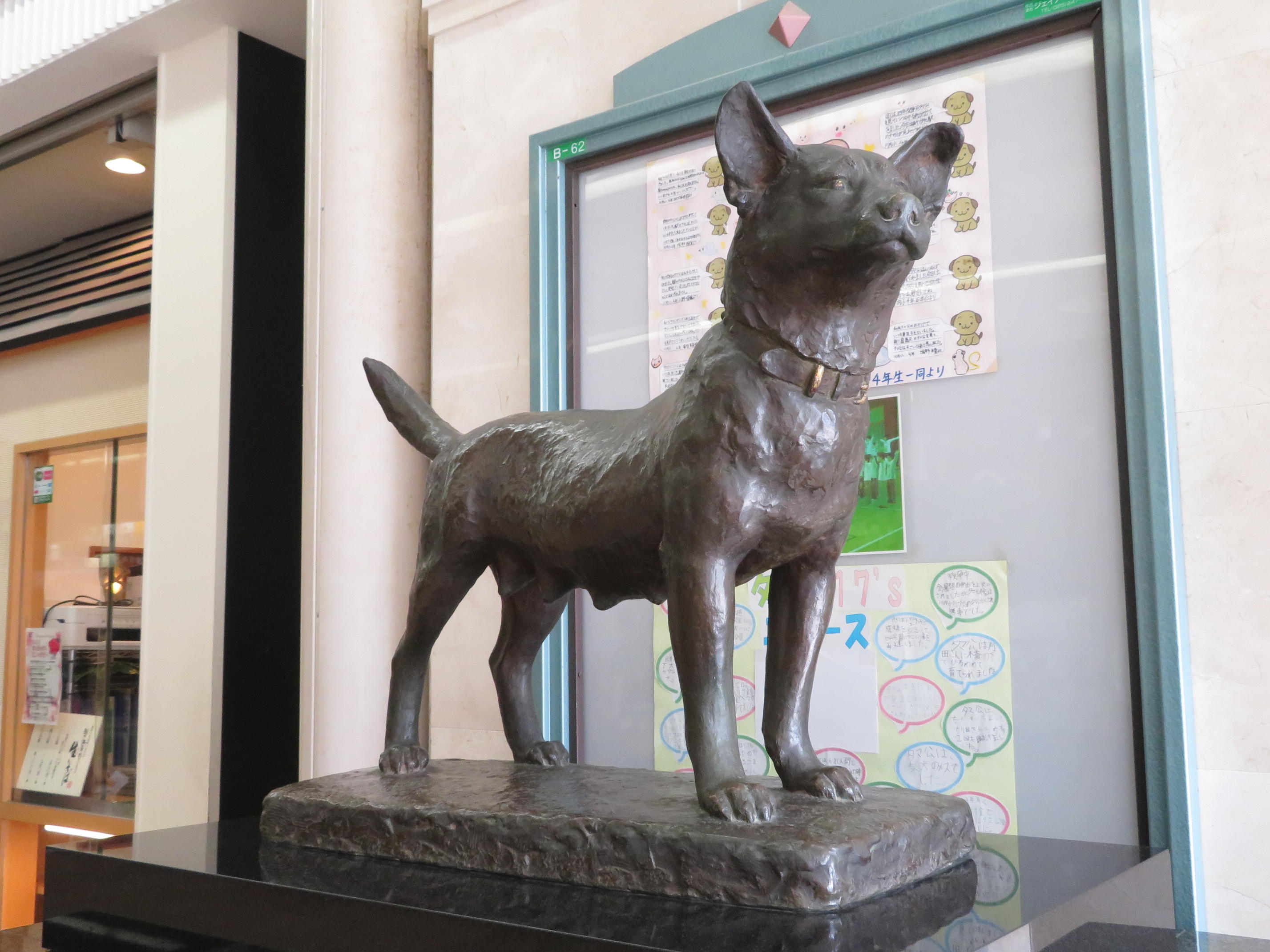




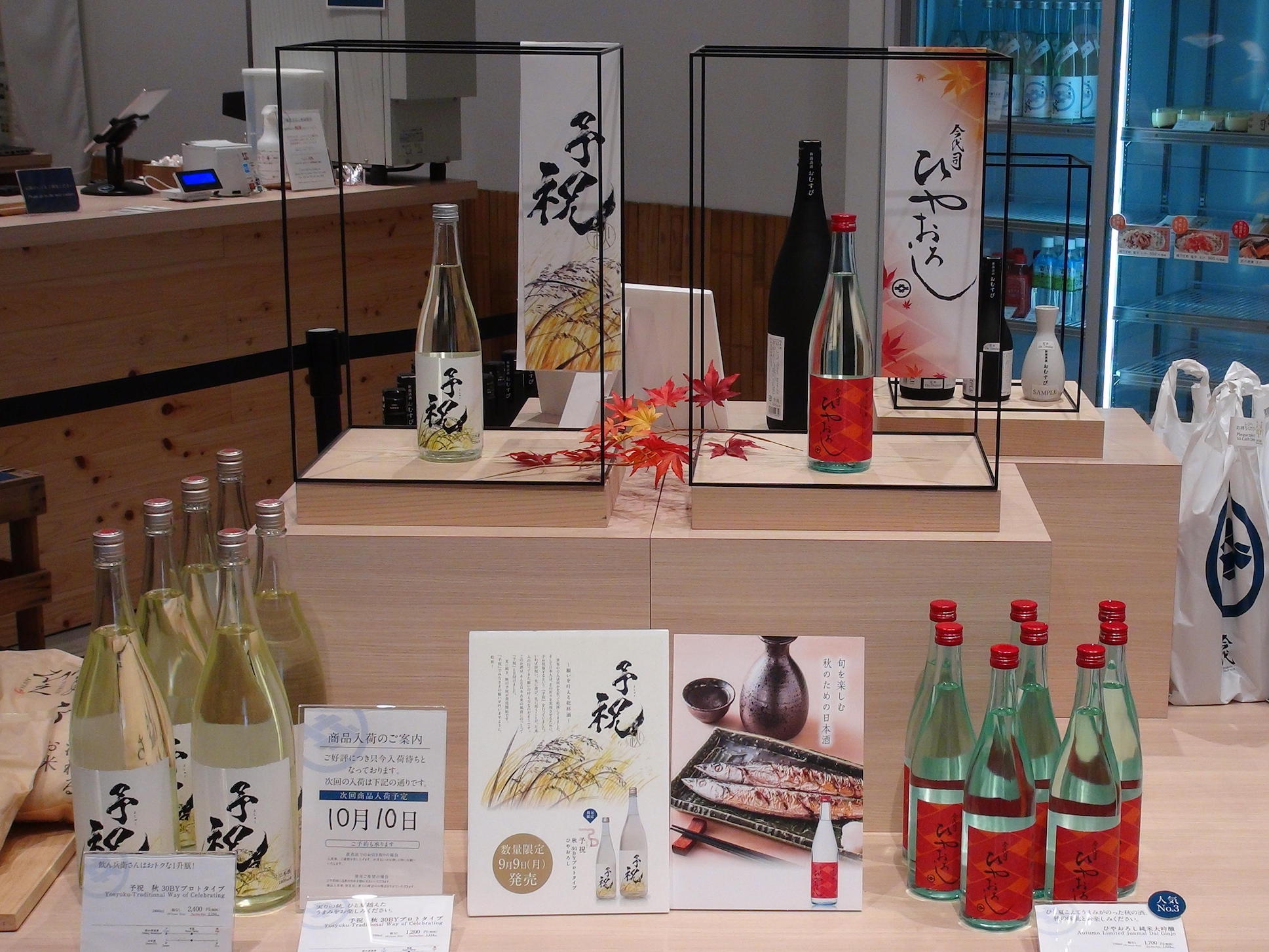



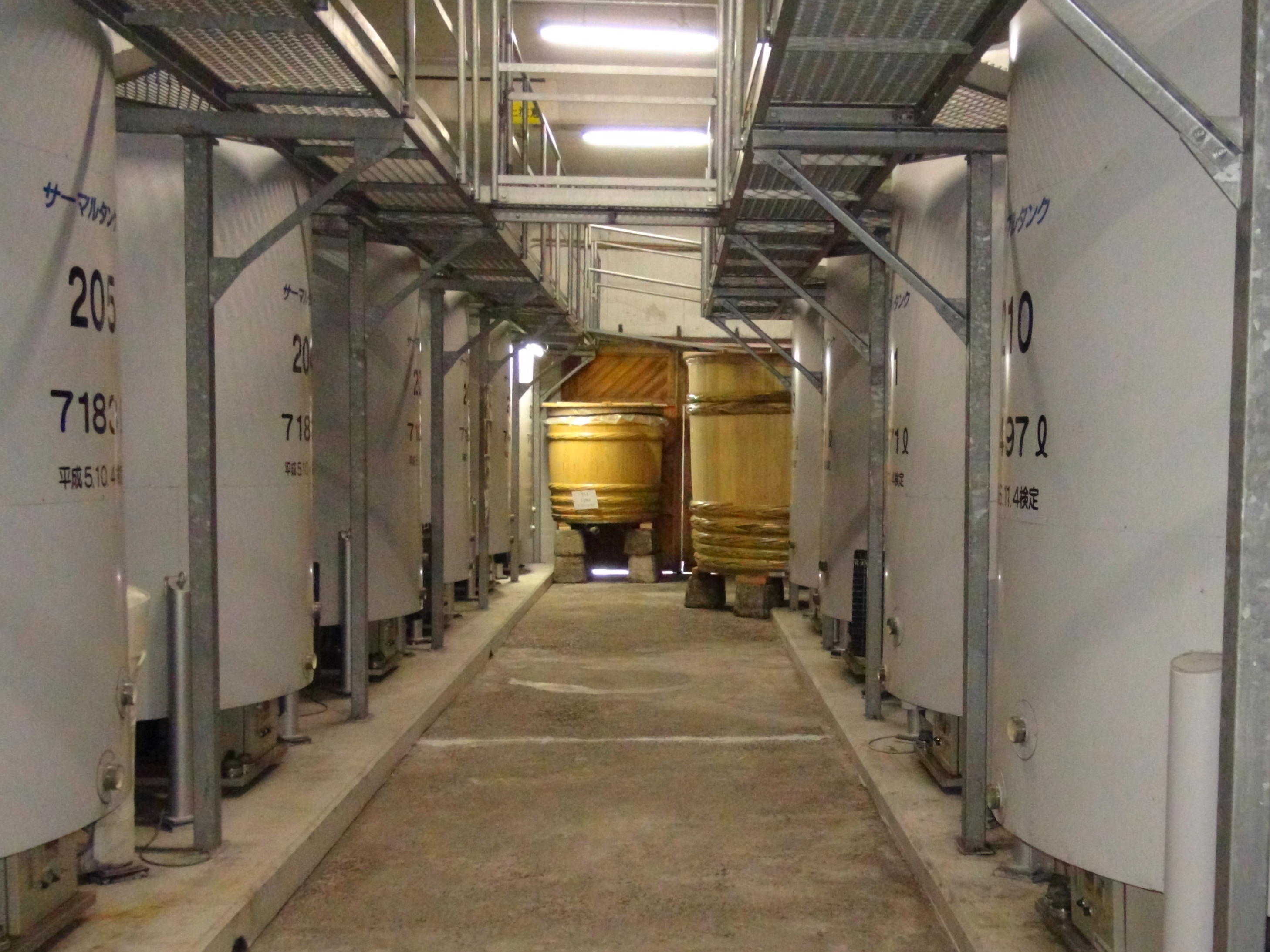


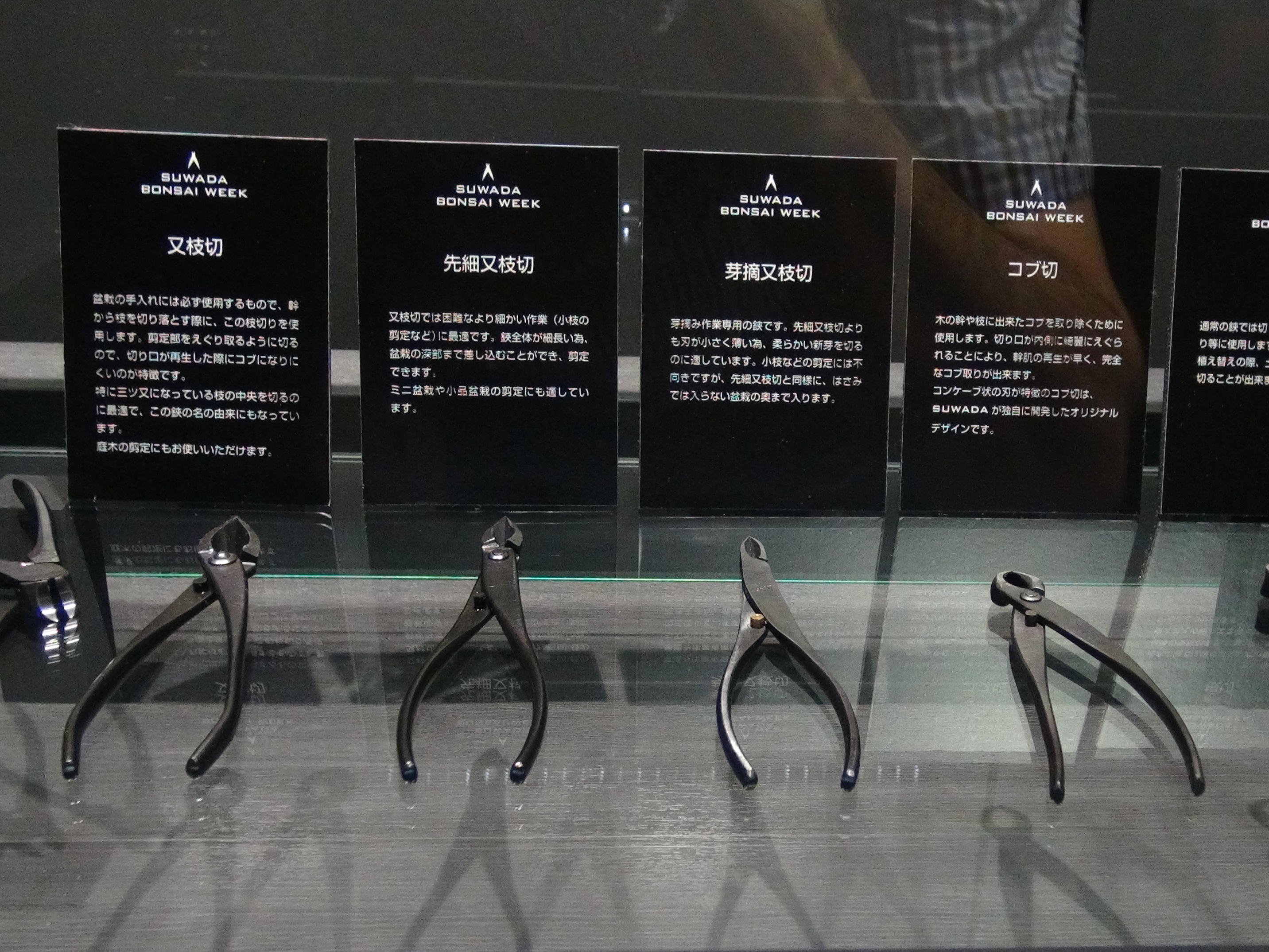

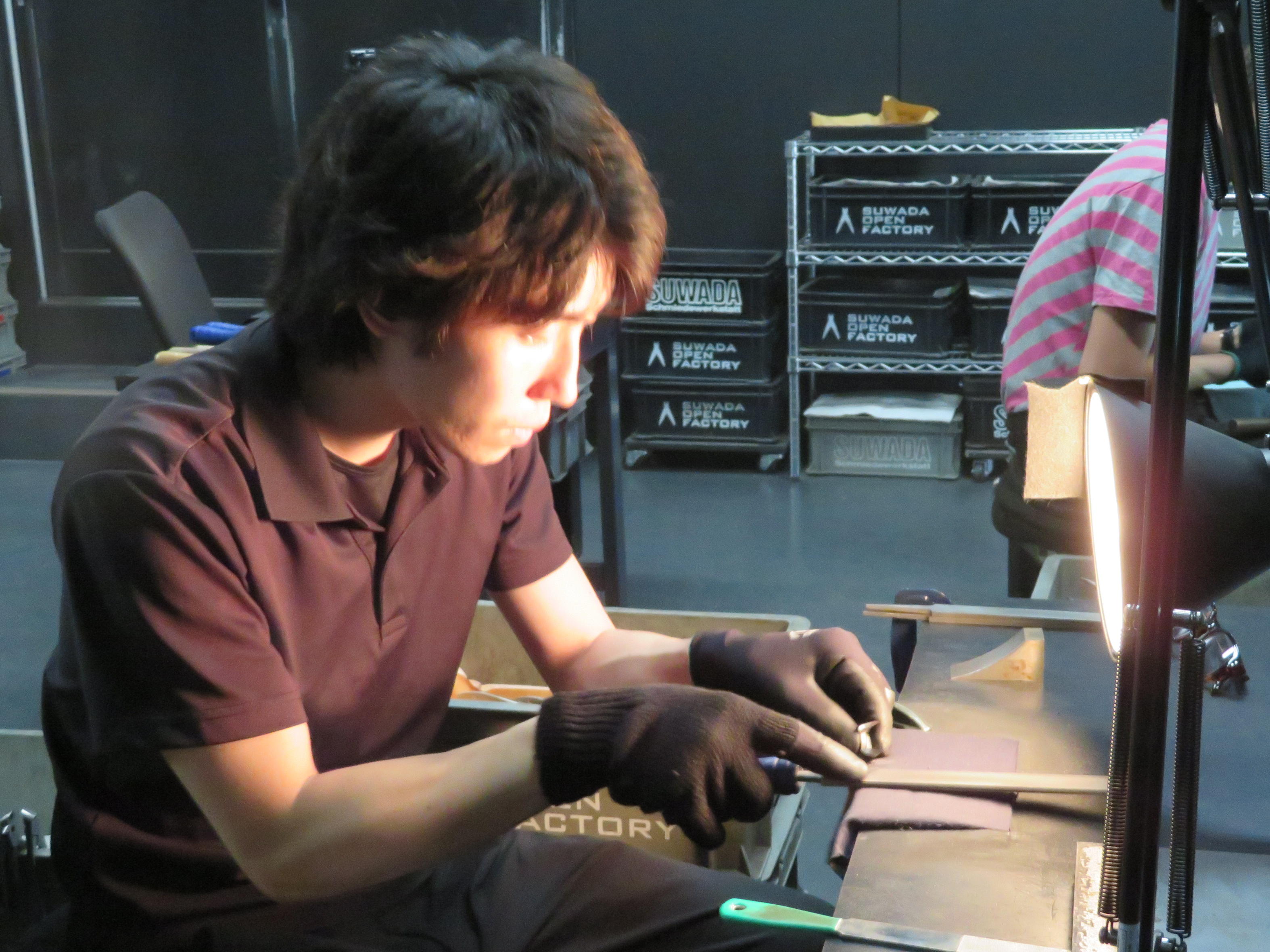



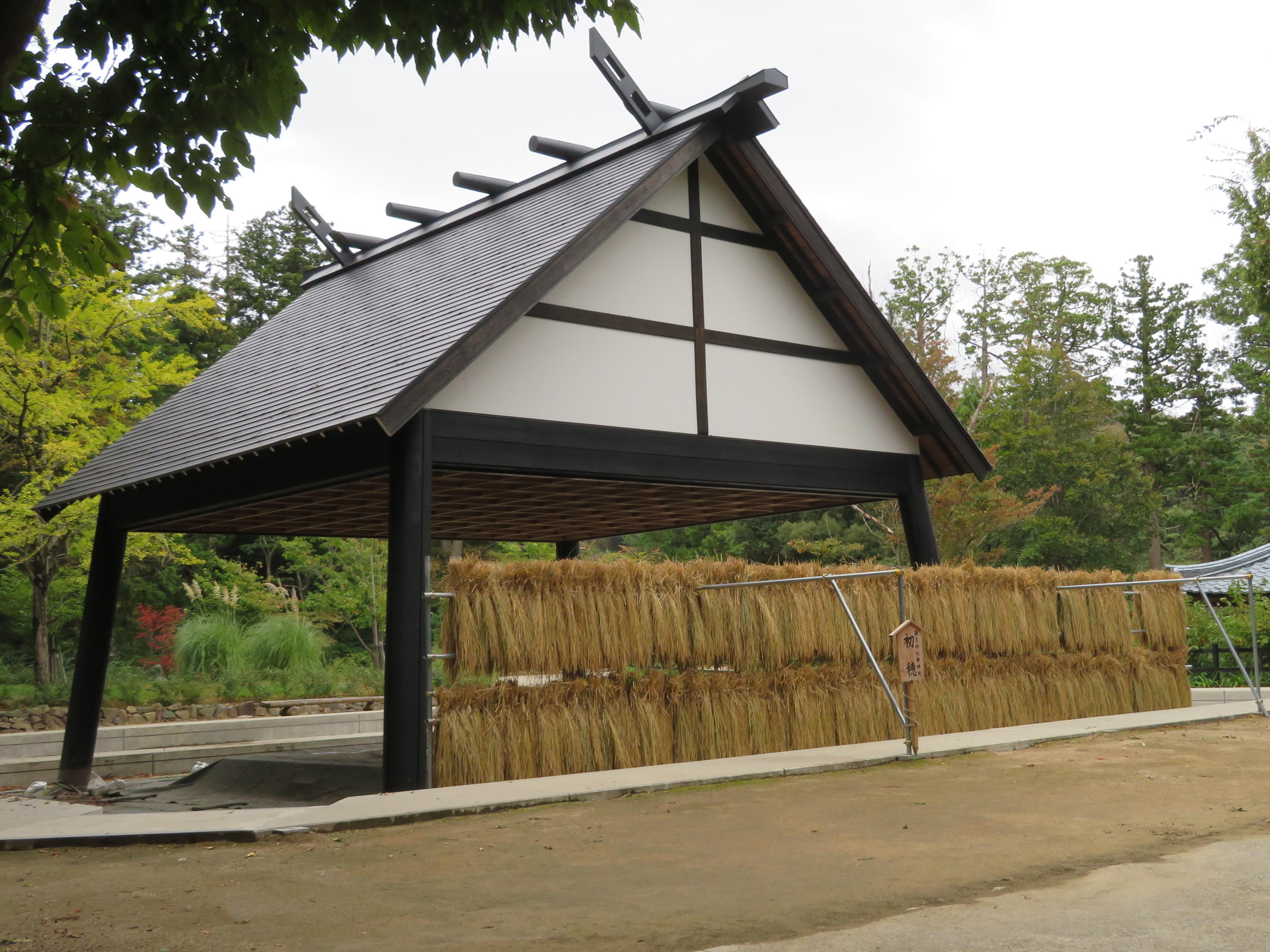
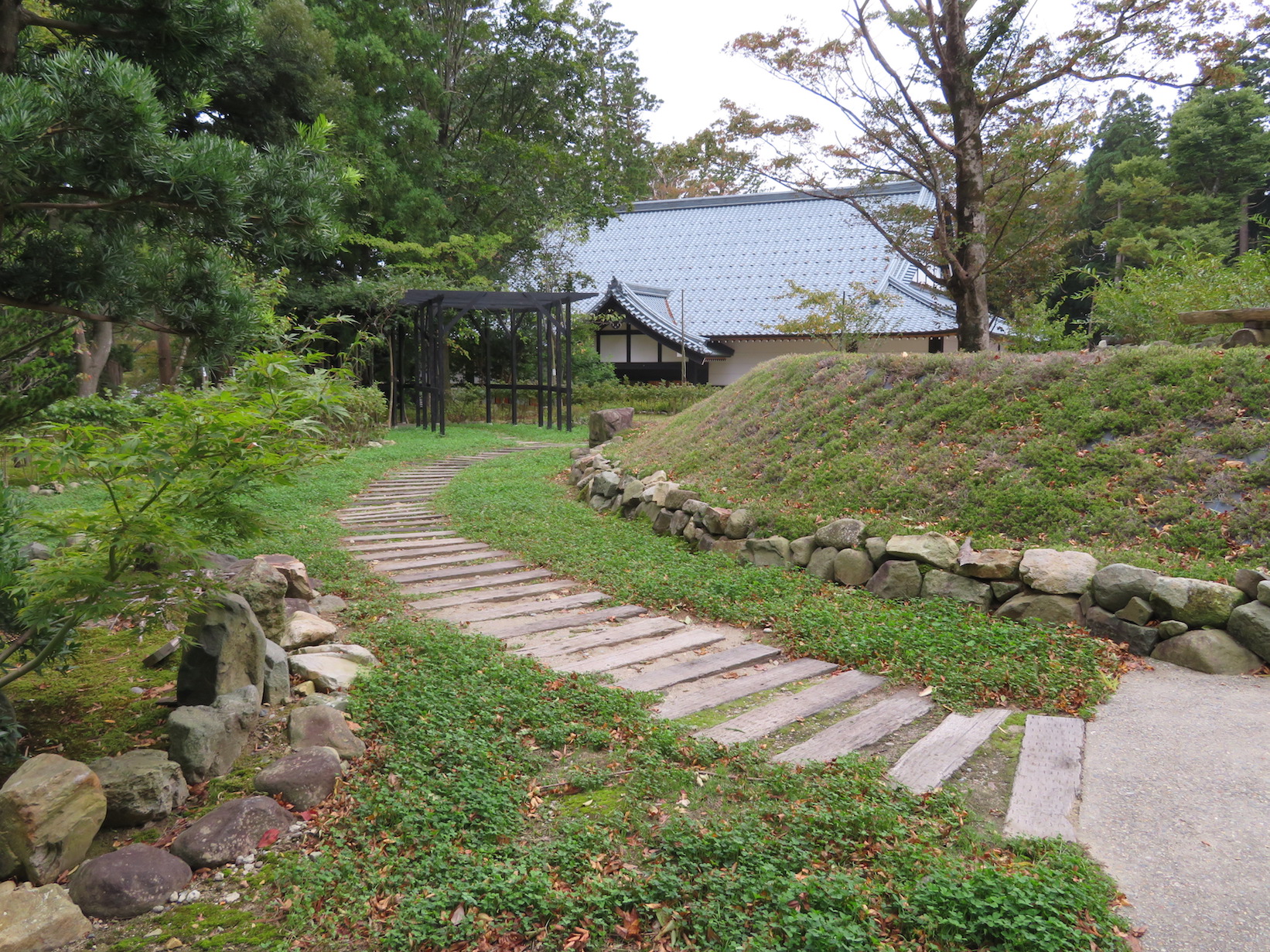

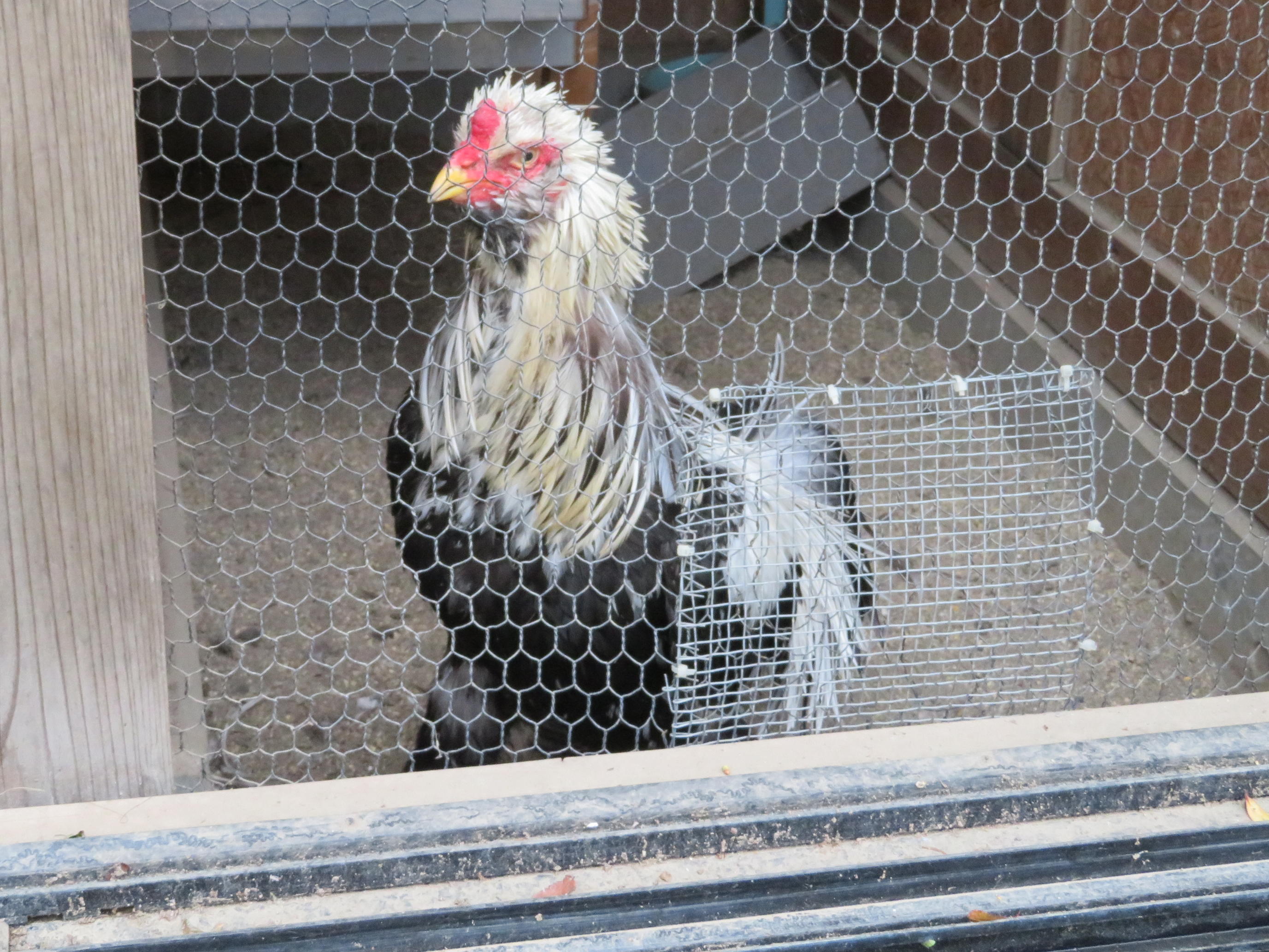
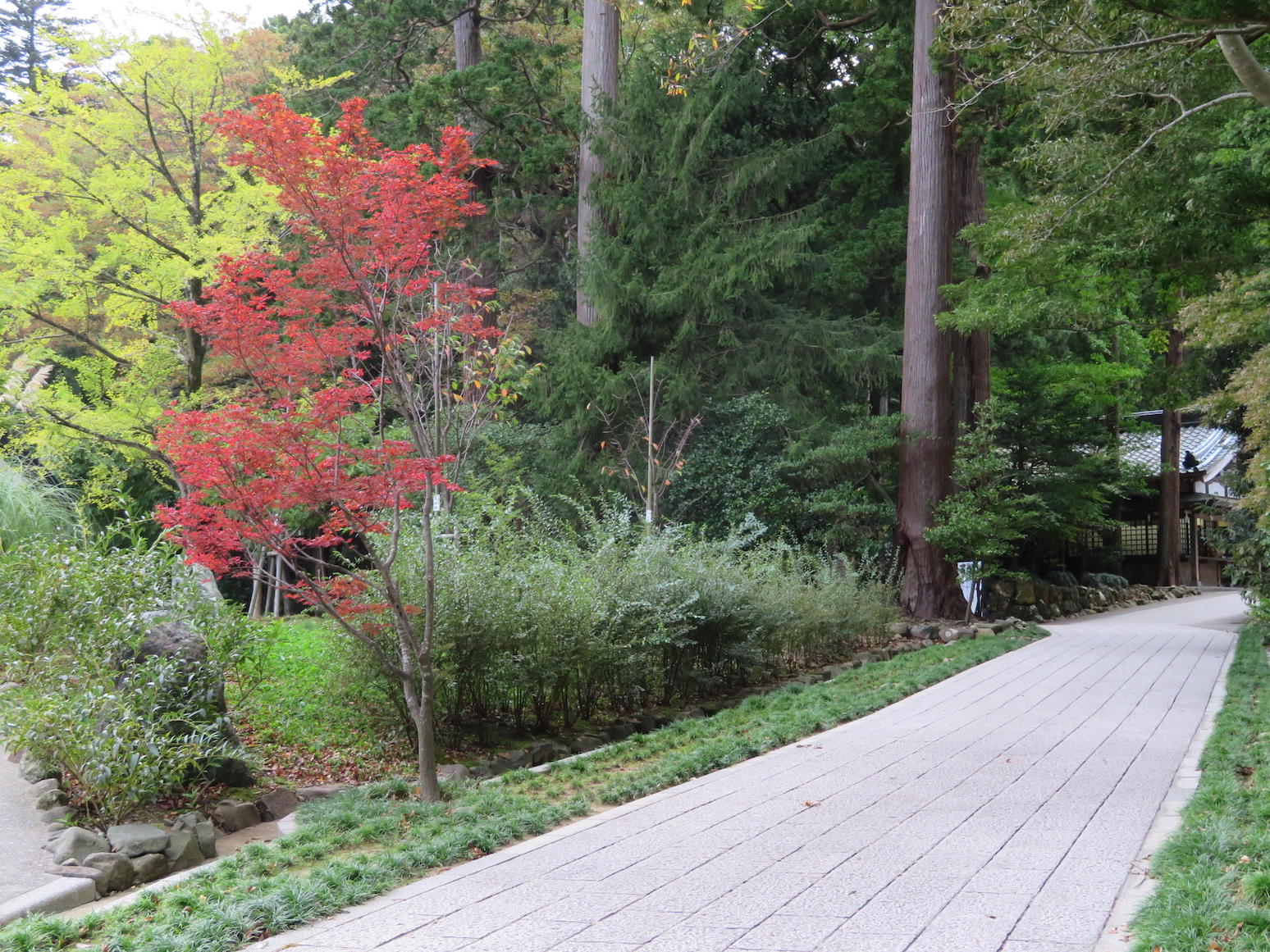




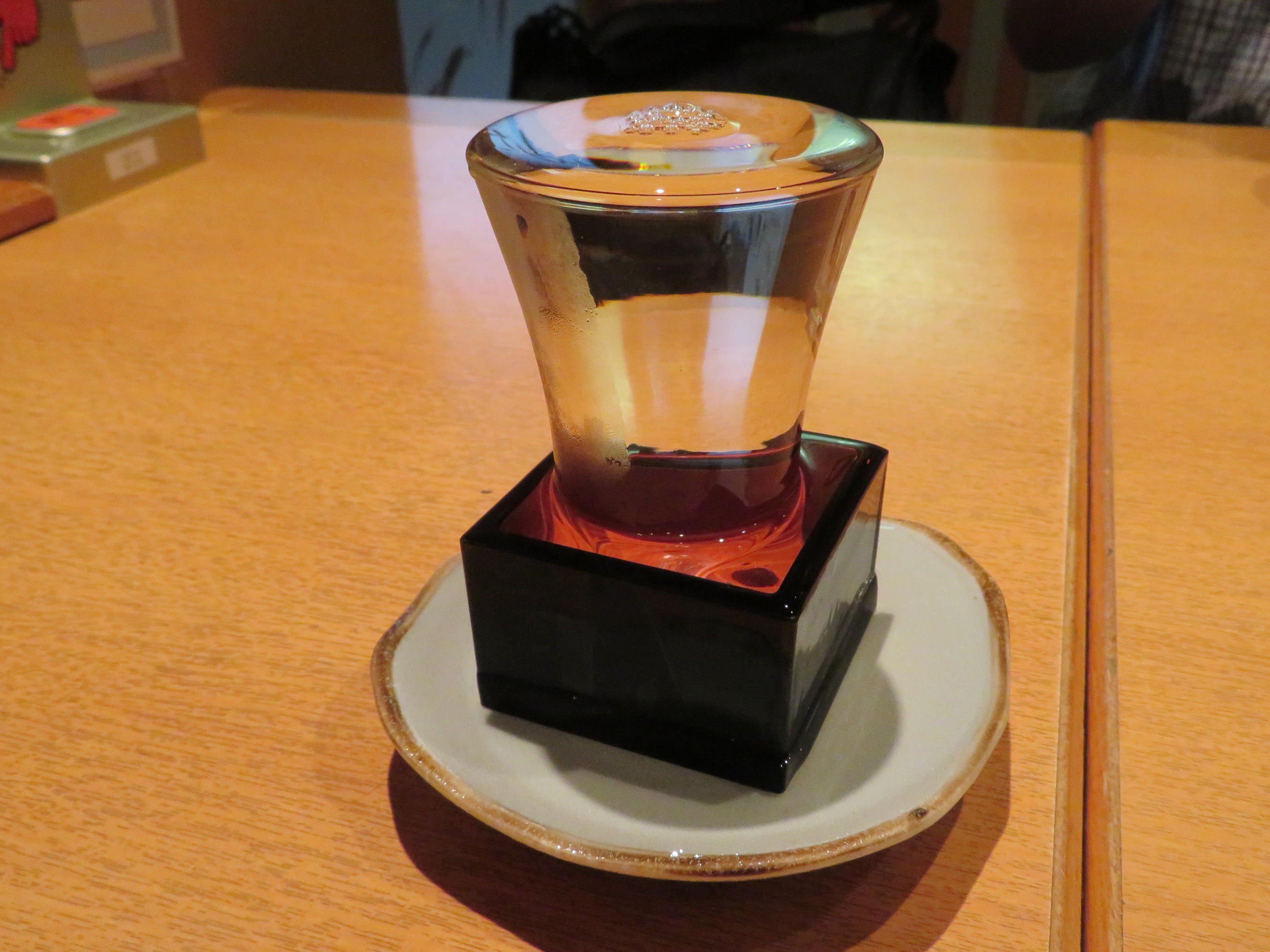
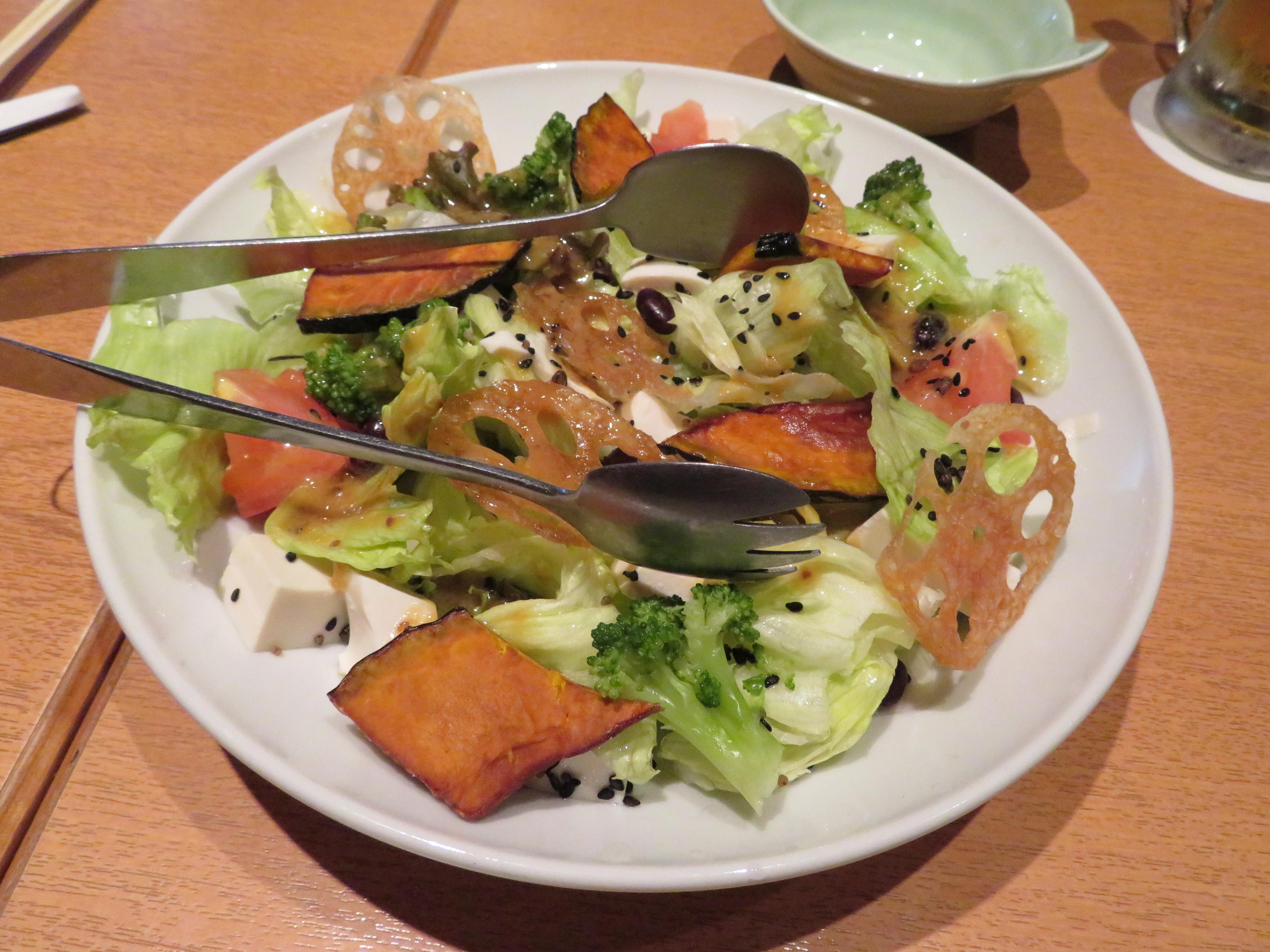
BEAUTIFUL Tamanohashi at Yahiko Shrine ! – my favourite of them all. 🙂
Do’t you think it’s fascinating to reflect upon the fact that what we refer to as ‘The Dark Ages’ were not any such thing in other continents ?
I’m trying to imagine a place being famous for nail clippers.
…. . …. . . ….. .. . ………. . …. … . .
Nope, Can’t do it.
[grin]
I’m so glad you like that pic M-R, as I was rather proud of it myself. It was pretty dark in there, but so beautiful with the stone steps, water and bridge.
We are so ethnocentric in our historical perspective aren’t we? I think it’s fascinating to think about what was happening in different parts of the world at the same time.
As for nail clippers, haha. It’s a hoot isn’t it, but they truly were beautiful.We should have bought one!!
How great is it finding a big fresh salad or plate of veg after travelling for a few weeks?! Sounds like you had a wonderful (and tiring) time with Rie and her family. So special x
We did have a great time, Hannah… And that salad was second night in a row. Delicious. If course, we usually get salad vegies at breakfast, so we are not completely missing them.
You are certainly becoming quite the sake connoisseur and the picture of the sake pour was the first time I’ve seen that. Where have I been? The TV in the car also surprised me and I’m sure such a thing would never be allowed in the US. I thought my friend in Gifu was joking when she said that she likes to watch TV while commuting, but she was totally serious. And yet the law is so strict about drinking and driving. You cannot have even a drop of alcohol. As for the salad—- do you find that there is always a lot of salad in the breakfast buffets, but little to no fruit. I think it’s because fruit is expensive and viewed as a dessert.
Oh, I’m glad the sake pour was new to you too. It’s only because I saw it in two places that I realised it was a thing.
And haha, yes, clearly your Gifu friend wasn’t joking. So unusual eh? And yet the drinking as you say. Atsushi drank nothing on any of our outings.
Yes, as I think I said to Hannah, lots of salads in the breakfast buffet. As I my not a huge fruit eater, its lack in meals doesn’t bother me. I love veggies though, and the variety here is amazing, isn’t it?
The Spouse has a special (and horrendously expensive) Japanese knife dating from his Japanese phase in the kitchen. There is a place near us that sells sashimi-grade tuna and salmon and for reasons LOL that I failed fully to appreciate these chunks of raw fish taste better if they are cut with a Japanese knife rather than a German one.
It lives in its own special (over-packaged) box with a satin lining and he has put it away somewhere so that I don’t put it in the dishwasher. I don’t put any of our good knives in the d/w so this shows you the extent of his paranoia about this knife. (This may have been influenced by a moment or two of regret when the credit card bill arrived.)
But we haven’t had raw fish (or his efforts with the sushi-making contraption) for a while, so I think he’s getting his Japanese food fix at surreptitious luncheons without me!
Haha Lisa, that’s so funny about the knife. Interestingly, our son wanted a good Japanese knife as his house-warming present from us. It was astonishingly expensive as well too. I’m sure the Spouse’s knife added gravitas and respect to the sashimi! A good knife is worth having but how good is good is the question, isn’t it?
A knife is such a nono as a gift in Asia that I shuddered.
I remember your saying that when we got Evan the knife Carolyn. But maybe it’s OK because we really just gave him the money and he bought the knife. (Anyhow, I’m not Asian so it’s probably ok anyhow!!)